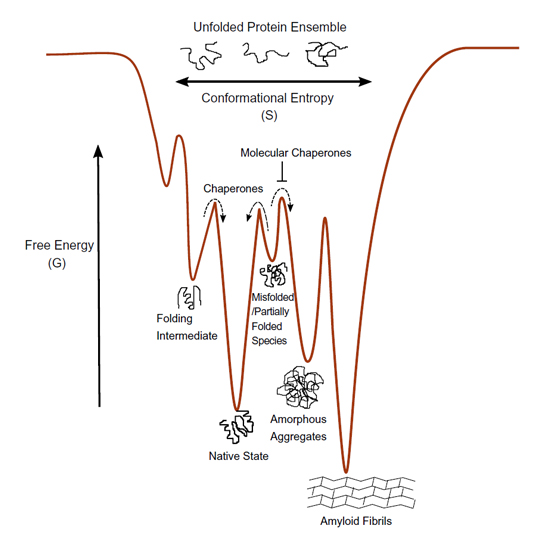Chapter One - Functional principles and regulation of molecular chaperones
02-Jan-2019
Advances in Protein Chemistry and Structural Biology, Volume 114, 2019, Pages 1-60, https://doi.org/10.1016/bs.apcsb.2018.10.001
Advances in Protein Chemistry and Structural Biology, online article
To be able to perform their biological function, a protein needs to be correctly folded into its three dimensional structure. The protein folding process is spontaneous and does not require the input of energy. However, in the crowded cellular environment where there is high risk of inter-molecular interactions that may lead to protein molecules sticking to each other, hence forming aggregates, protein folding is assisted. Cells have evolved robust machinery called molecular chaperones to deal with the protein folding problem and to maintain proteins in their functional state. Molecular chaperones promote efficient folding of newly synthesized proteins, prevent their aggregation and ensure protein homeostasis in cells. There are different classes of molecular chaperones functioning in a complex interplay. In this review, we discuss the principal characteristics of different classes of molecular chaperones, their structure-function relationships, their mode of regulation and their involvement in human disorders.











